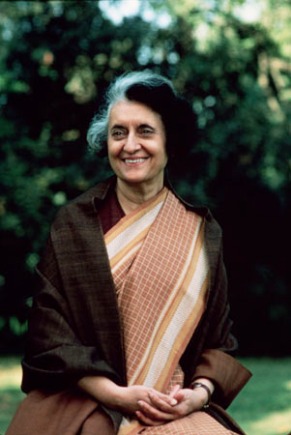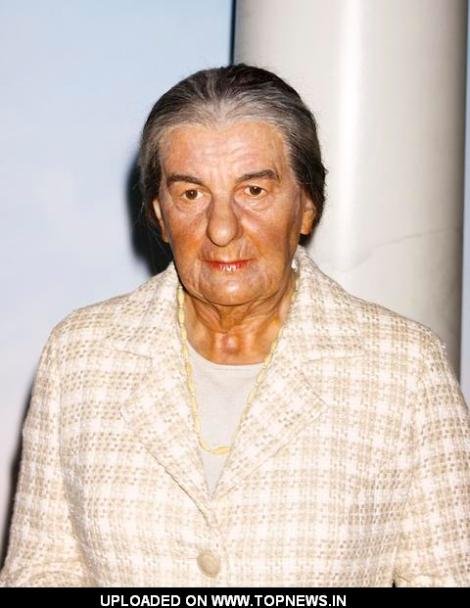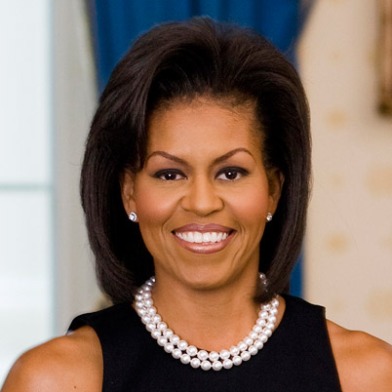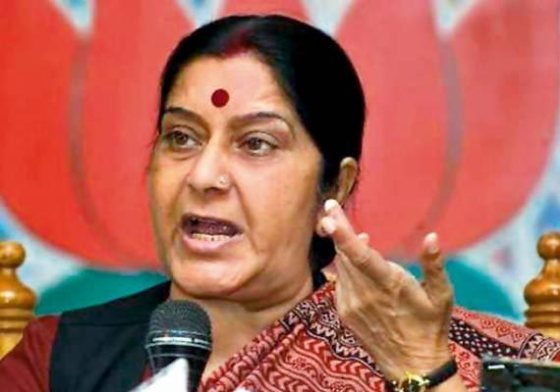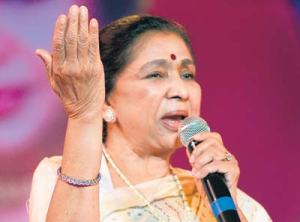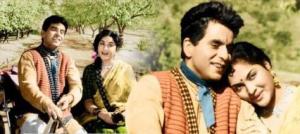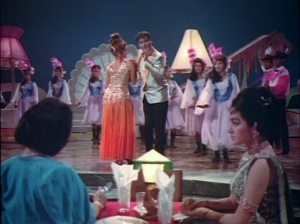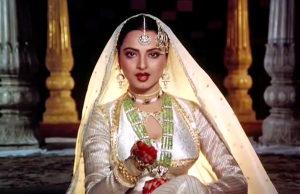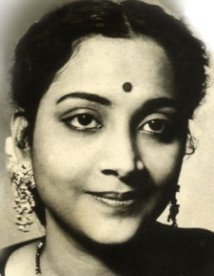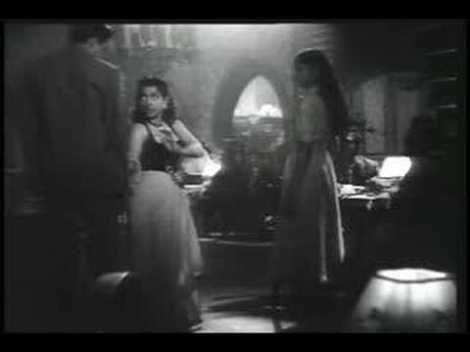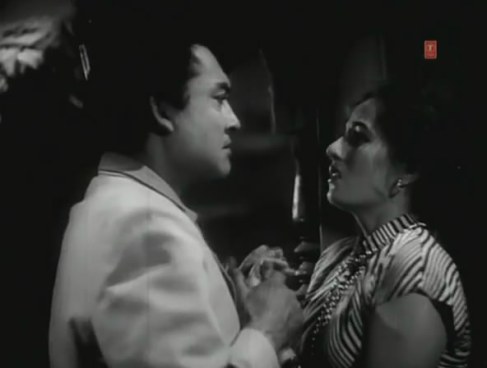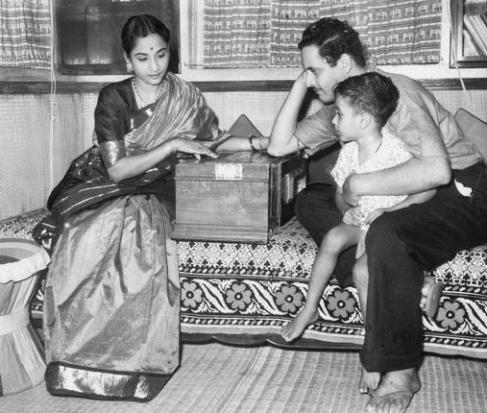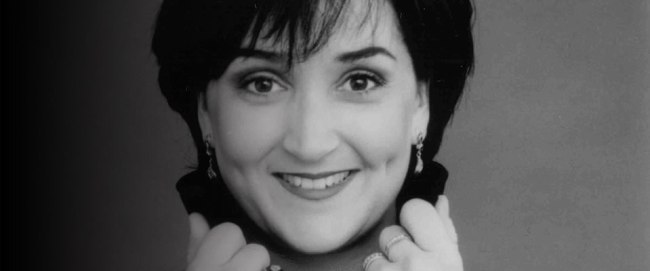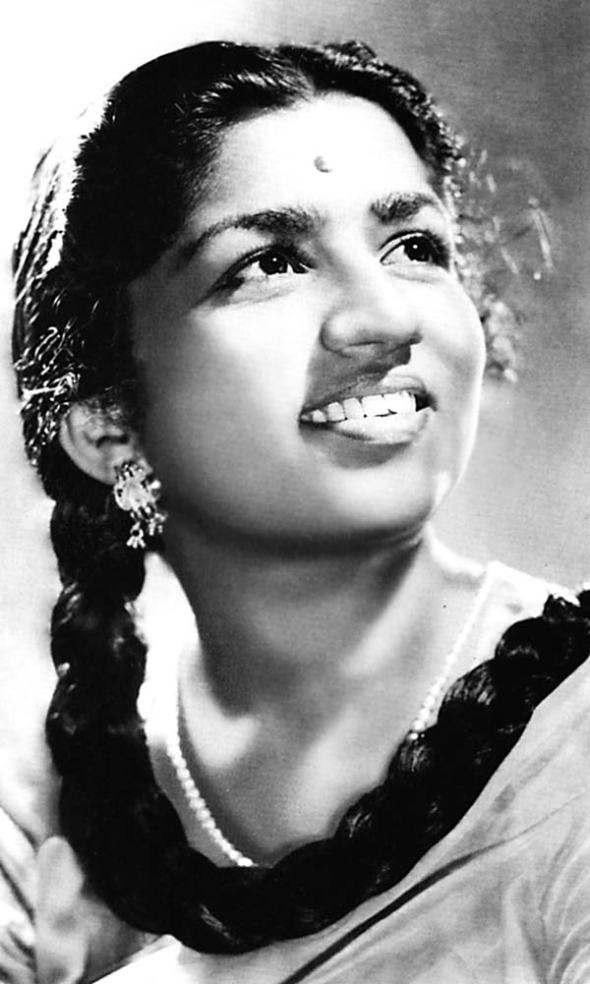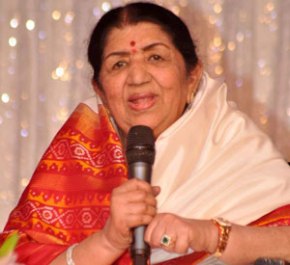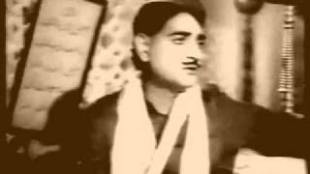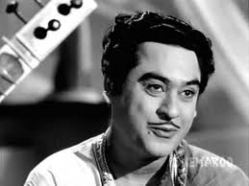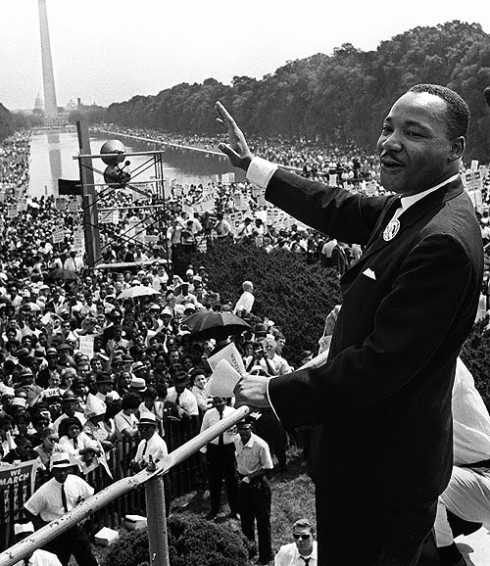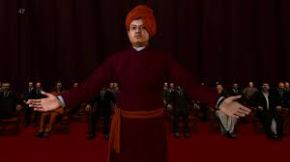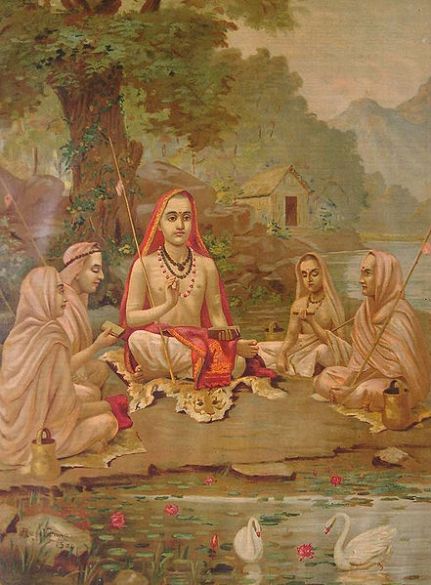
Speak to express not to impress
You must always speak to express yourself. Any effort to impress others while speaking does not bring about the necessary result. In fact, it may even alienate your listener/ listeners. People expect you to express an honest opinion; no-body wants to be influenced by artificial means.
When you try to impress others, your body language, your voice and the very language used, make it apparent to a discerning listener that you are cooking up a story. No one is the interested in that.
Whenever you try to feign a style just to show off; it puts people off. So the best thing is to be your natural self. Develop a style by all means. But it should be your own natural style
.
Your speech must be preceded by your desire to express yourself.
In the circumstances, I consider, Wani Yoga is a discipline which can be best practiced in our old Gura-Shishya tradition. Guru is always his own real self. He is keen that his disciples receive the maximum advantage of his training. His happiness lies in his disciples; in helping them achieve their goals. Wani Yoga enables you to have total control of your mind, body, body language and the language used by you in communication. The trainer or the coach can monitor your progress only if he or she follows this Guru-Shishiya tradition in the true sense.
I am informed by a friend of mine that today happens to be birthday of Adi Shankaracharya who was one of the greatest gurus propagating Guru-Shishiya Parampara.
